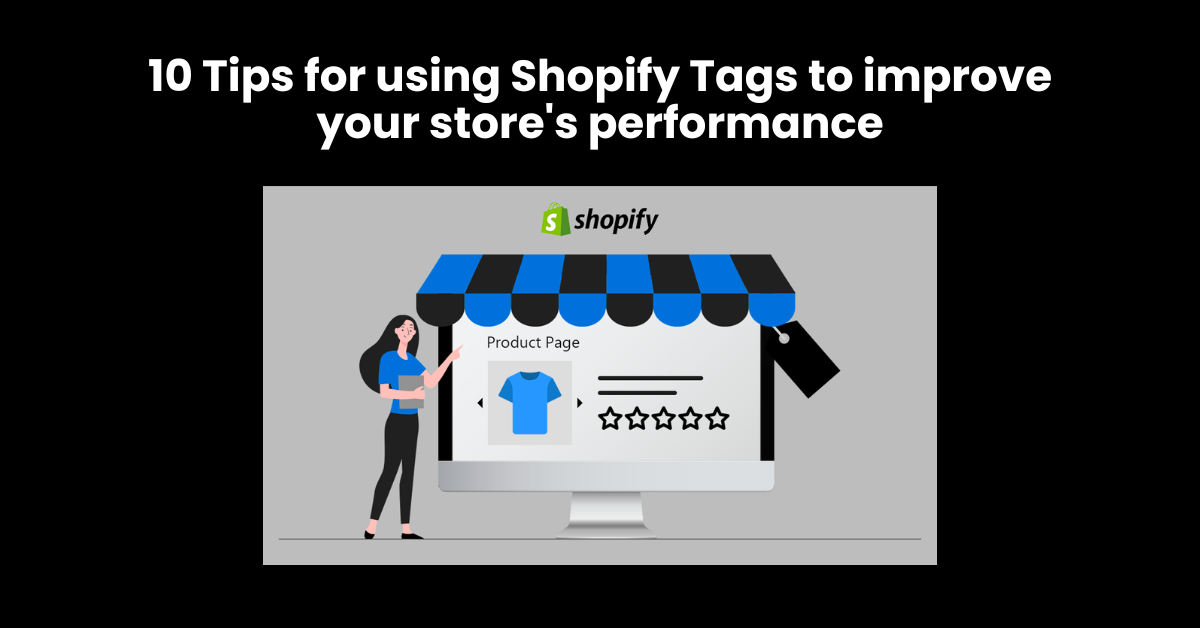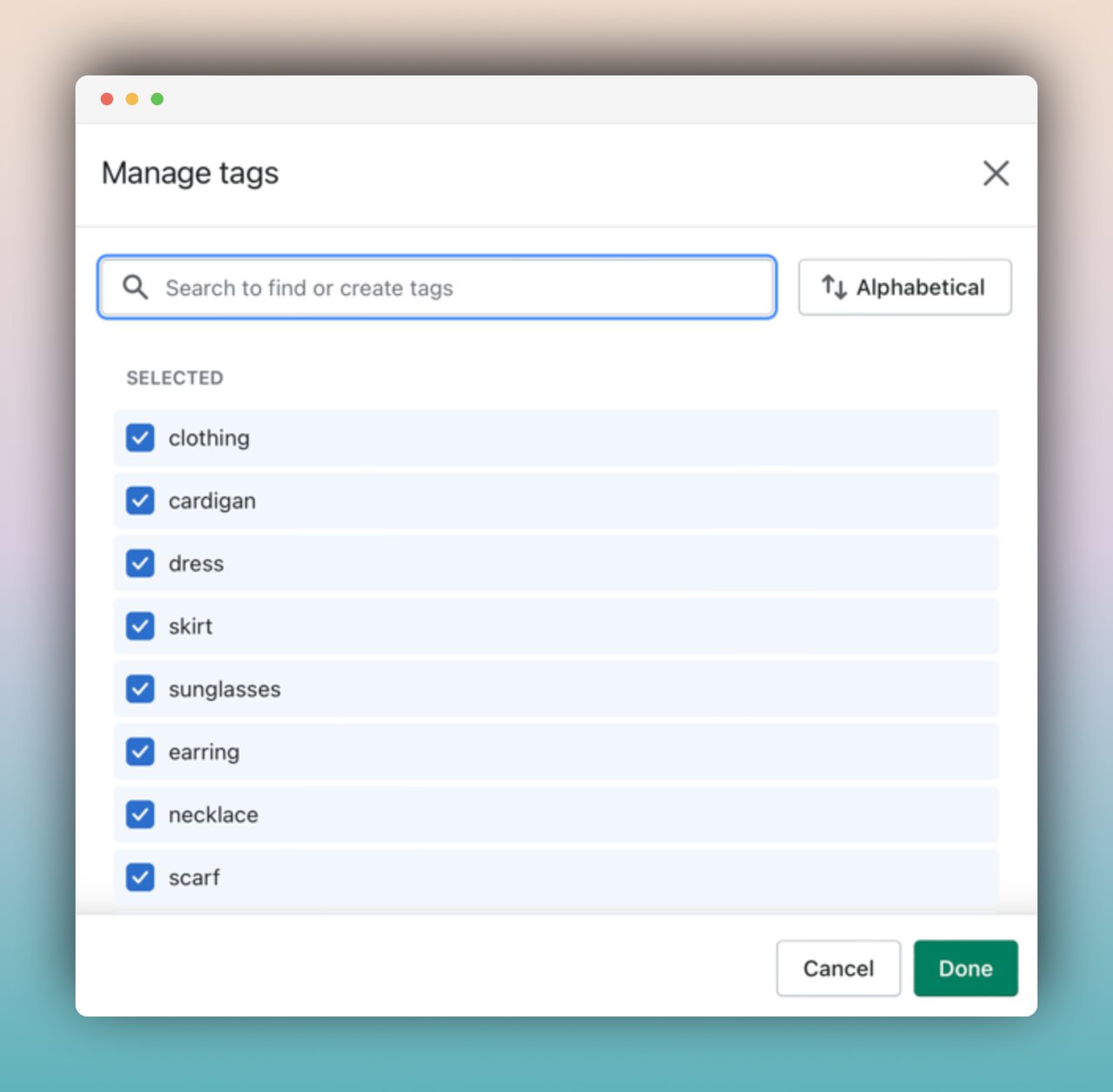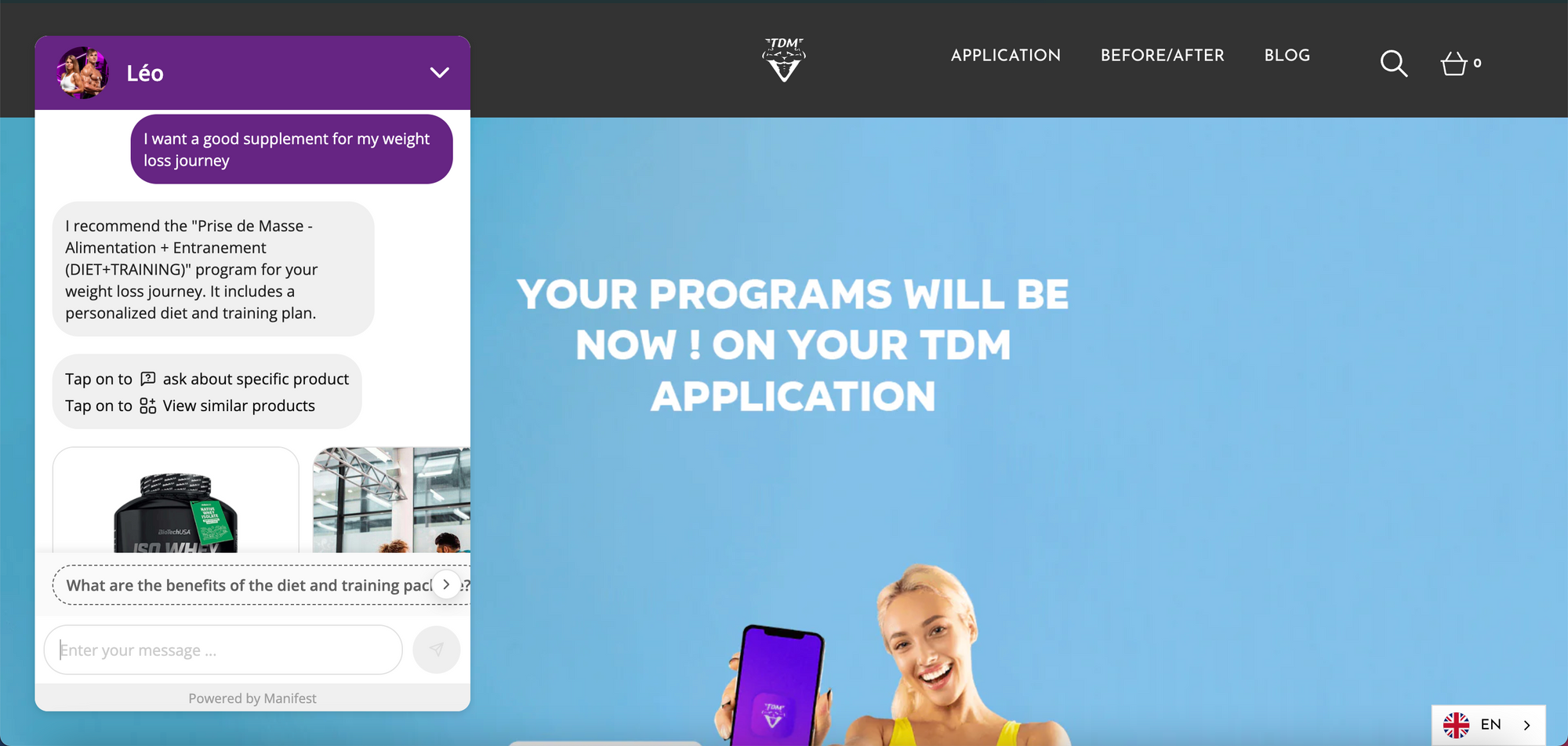10 Tips for using Shopify Tags to improve your store's performance

Shopify tags are a powerful tool that can help you to organize your products, customers, and orders, improve your store's performance, and boost your SEO. However, many Shopify merchants don't use tags effectively, or they don't use them at all.
In this blog post, we will share 10 tips for using Shopify tags to improve your store's performance. These tips are based on our experience working with hundreds of Shopify merchants, and they have been proven to help merchants achieve their business goals.
What are Shopify Tags?

Shopify tags are a way to categorize and organize products and content within a Shopify online store. They are essentially labels or keywords that you can assign to products, collections, and blog posts to help you and your customers easily filter and find specific items in your store.
Why are Shopify tags important?
Shopify tags are important for a number of reasons:
- Organization: Tags help you to organize your products, customers, and orders. This can make it easier to find specific items and manage your store.
- Discovery: Tags can help customers to find the products they are looking for. For example, customers can filter products by tag on your store's product pages.
- Personalization: You can use tags to create personalized product recommendations for your customers. For example, you could recommend products to customers based on their purchase history or the products they have viewed.
- Marketing: You can use tags to target your marketing campaigns. For example, you could send an email campaign to customers who have abandoned their carts or who have purchased a specific product.
- SEO: Tags can help to improve your search engine ranking (SEO). This is because Google and other search engines use tags to index your products and understand what they are about.
10 tips for using Shopify tags to improve your store's performance
Here are 10 tips for using Shopify tags to improve your store's performance:
Use descriptive and relevant tags
Your Shopify tags should be clear and easy to understand, and they should accurately reflect the content of your products, categories, and pages. For example, if you sell shoes, you might use tags like "men's shoes", "women's shoes", "sneakers", "boots", and "sandals".
Use a consistent tagging system
Develop a tagging system that makes sense for your store and use it consistently across all of your products, categories, and pages. This will make it easier for you to manage your tags and for your customers to find the products they're looking for. For example, you might decide to use a combination of general and specific tags, or you might use tags to describe product features, benefits, and categories.
Use a variety of tags
Don't just use the same few Shopify tags for all of your products. Use a variety of tags to describe your products in detail and to reach as many potential customers as possible. For example, instead of just using the tag "shoes", you could also use tags like "running shoes", "hiking shoes", and "dress shoes".
Use long-tail tags
Long-tail Shopify order tags are more specific and less competitive than short-tail tags. By using long-tail tags, you can increase your chances of ranking higher in search results and attracting more targeted traffic to your store. For example, instead of using the tag "women's shoes", you could use the tag "women's black running shoes".
Use tags for product recommendations
You can use Shopify product tags to create product recommendations for your customers. For example, you could create a tag for "best-selling products" or "products you might also like". This can help to increase sales and improve the customer experience.
Use tags for targeted marketing campaigns
You can use Shopify tags to segment your audience and create targeted marketing campaigns. For example, you could create a tag for "customers who have abandoned their carts" and send them a targeted email campaign to remind them to complete their purchase. This can help to improve the effectiveness of your marketing campaigns.
Use tags to track your progress
You can use Shopify tags to track your progress and measure the results of your marketing campaigns. For example, you could create a tag for "products that were promoted on social media" and track how many sales those products generated. This can help you to identify what is working and what is not so that you can make necessary adjustments to your strategy.
Review your tags regularly
It's important to review your tags regularly to make sure that they are still relevant and effective. You may need to add new tags, remove old tags, or update your tagging system as your store grows and evolves. This will help to ensure that your tags are working as hard as they can to improve your store's performance.
Use Shopify's built-in tag management tools
Shopify provides a number of built-in tag management tools that can help you to manage tags more effectively. For example, you can use the tag suggestions feature to find new tags to use, and you can use the tag rules feature to automate your tagging process. This can save you time and help you to ensure that your tags are used consistently and accurately.
Use a Shopify tag app
There are a number of Shopify tag apps available that can help you to manage your tags more effectively and to use tags to improve your store's performance. For example, there are apps that can help you to create automatic tag suggestions, generate product tags for Shopify, and segment your audience based on tags. This can give you even more power to use tags to your advantage.
Enhancing Shopify Tag Management with Manifest AI

For Shopify store owners seeking to streamline their tag management and improve customer experiences, the integration of Manifest AI, a GPT-powered AI chatbot for Shopify stores, can be a game-changer. Manifest AI not only simplifies tag organization but also offers the advantage of conversational AI capabilities. This means that your customers can easily navigate your store, find products, and receive personalized recommendations by engaging in natural language conversations. Manifest AI's intelligent algorithms assist in better understanding customer preferences, which in turn informs more effective tagging strategies. In this section, we'll explore how Manifest AI's unique AI chatbot capabilities can revolutionize the way you handle Shopify tags and engage with your customers, ultimately boosting your store's performance.
Conclusion
Tags are a powerful tool that can help you to improve your Shopify store's performance in a number of ways. By following the tips in this blog post, you can start using Shopify tags more effectively and see the benefits for yourself.
But tags are just one piece of the puzzle. To truly optimize your store's performance, you need to consider all aspects of your store, from your product selection to your marketing campaigns. And that's where Manifest AI comes in.
FAQs
Here are the most frequently asked questions related to Shopify tags:
How to create tags in Shopify?
To create tags in Shopify, follow these simple steps:
- Go to your Shopify admin dashboard.
- Click on "Products" to open your product list.
- Select a product you want to tag or create a new one.
- In the "Tags" section, enter the desired tag(s) separated by commas.
- Save or update the product, and the tags will be created and associated with it.

.png)
